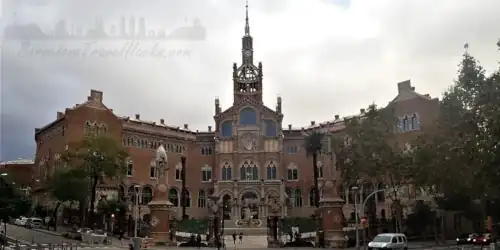 METRO
METRO
Visiting Catalan Modernism architecture in Barcelona
Explore the Gaudi, Domenech I Muntaner and Puig i Cadafalch Catalan modernism Art Nouveau architectural masterpieces in Barcelona.
Catalan Modernism architecture in Barcelona
Catalan modernism, Modernisme, is an architectural style particular to Catalonia which has elements of Art Nouveau, gothic and modernism.
Catalan Modernism started around the end of the 19th century in parallel with the Industrial Revolution. Catalan Modernism differs from the Medieval and roman architecture found in the old gothic centre and Born areas of old Barcelona. Buildings from this period of construction predominantly used Stone quarried from the hills in Collserola and Montjuic.
Many turn of the century industrial and civic buildings were constructed in Catalan modernism style, noted for the brick walls with accents, brick curved walls, spiraled columns and decorated colour tile accents. Examples of this style Include the Palau de La Musica, Sants food Market, Recinte Modernista de Sant Pau (former grand hospital), Caixa forum (former textile factory) and Three Dragons castle (Former Restaurant built for 1888 World Exhibition).
Catalonia has always been a very wealthy part of Spain from its days as a Roman port through the medieval periods and into modern history. At the end of the 19th Century there was great social change as agrarian labour was replaced by mechanisation and workers moved to the cities to find employment in the many factories. The area East of the medieval centre of Barcelona in what is today vila Olimpica, Poble Nou, Forum and Besos neighbourhoods were mostly factories linked via railway goods yards.
In Barcelona, La Eixampla neighbourhood surrounding the medieval centre, was constructed to house the population explosion from the large influx of factory workers. Many of the Modernist masterpieces can be found in La Eixample due availability of land because it was open fields and farm land before the population explosion and la Eixampla creation.
Along with the Catalan nationalism movement there was a strong desire to modernise the society for everyone, not just the bourgeois wealthy. Politically, Barcelona was a socialist city and still retains many socialist values today. The movement was taken up by artists, poets, writers and architects. Large civic projects were undertaken like Hospital sant Pau (Recinte Modernista de Sant Pau), to improve the well being of the population. Food markets like Sants were constructed to provide for the expanding population. New railways like the FGC Valles lines were constructed. Notable stations are plaza Catalunya and provenca, both being subterranean stations with tile decoration and modernist flourishes.
When talking about Catalan modernism, the obvious name that comes to mind is Antonio Gaudi who's works include La Sagrada familia, Casa Batllo, La Pedera - Casa Mila, Parc Guell, Torre bellesguard and Palau Guell. Antonio Gaudi employed Gothic, Art Nouveau and Catalan Modernism in his works, with heavy use of Saint George's dragon (Sant Jordi is the patron saint of Barcelona) in his works. Casa Batllo has the roof shaped like a dragon with the inside white arches representing the ribs and the outside roof tiles representing the scales of the dragon. If you look closely you will make out other features of a dragon such as a body and tail (chimney). Torre bellesguard also has a dragon on the roof. you can see the eyes, body and tail.
The Catalan modernism movement had multiple pioneering architects such as Lluis Domenech I Muntaner who built the Sant Pau hospital (Recinte Modernista de Sant Pau), Palau de la musica and Three Dragons Castle. Josep Puig i Cadafalch built the Caixa Forum (former textile factory). The odd one out here is Josep Domenech i Estapa who hated Catalan Modernism style but some of his works such as Fabra Observatory and Cosmo Caixa science museum contain touches of Art Nouveau style.
Many of the Catalan Modernism buildings were commissioned by the wealthy bourgeois merchants of Barcelona and give the city a unique culture and artistic vibe to this day.
The attractions below on this page are all examples of Catalan Modernism and have common themes such as Parabolic arches, curved lines, Features that replicate nature: animals, trees and plants; Use of brightly coloured ceramics and plenty of ornate detail. Some of these buildings are on the UNESCO world heritage list.
Catalan Modernism Guided Tours in Barcelona
Barcelona Catalan Modernism Attractions
To find out the specifics of each building, click on the photo.
Happy Exploring!
 METRO
METRO
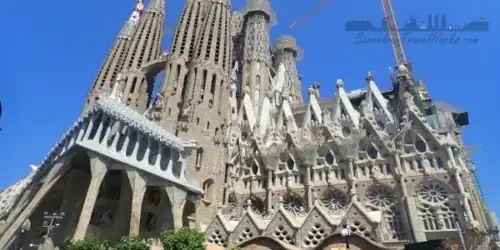 METRO
METRO
Sagrada Família Barcelona – Tickets, Tips & Gaudí’s Legacy
Explore Gaudí’s iconic Sagrada Família in Barcelona. Get tickets, visiting tips, opening hours, and history of this UNESCO-listed modernist basilica
Read more >
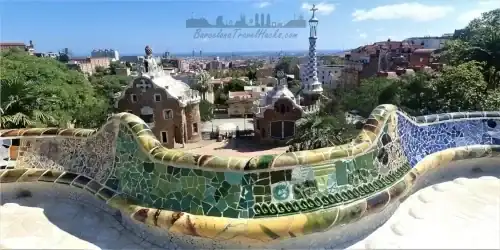 METRO
METRO
Parc Güell Barcelona: Gaudí’s Mosaic Park, Tickets & Tips
Visit Parc Güell, Gaudí’s iconic mosaic park in Barcelona. Explore sculptures, viewpoints, ticket info, opening hours, and tips for your visit to this UNESCO site
Read more >
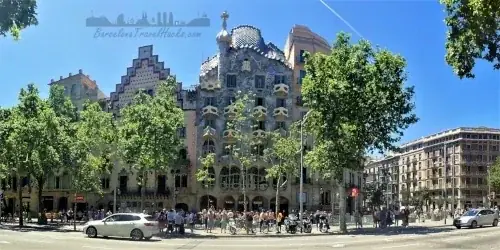 METRO
METRO
Inside Casa Batlló: Gaudí’s House of Bones in Barcelona
Explore Casa Batlló’s surreal interiors, dragon-inspired rooftop, and coral-colored façade. See photography tips, ticket options, and what to expect inside
Read more >
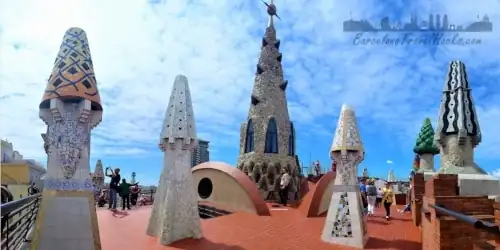 METRO
METRO
Palau Güell: Gaudí’s Castle-Style Mansion in Las Ramblas
Visit Palau Güell, Gaudí’s medieval-style mansion in Las Ramblas. Explore all floors of this UNESCO-listed museum. Tickets, hours, and tour info available
Read more >
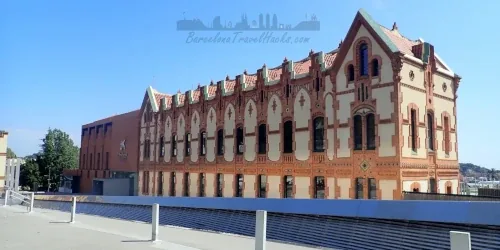 FGC
FGC
CosmoCaixa Science Museum – Rainforest & Planetarium
Explore Barcelona’s top science museum. Hands-on physics, indoor rainforest, planetarium shows & more. Free entry for La Caixa customers
Read more >
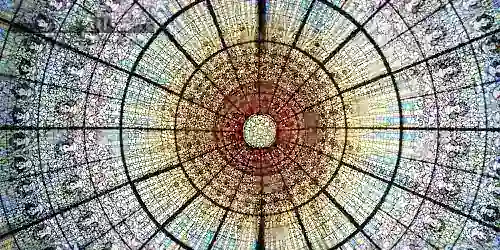 METRO
METRO
Palau de la Música Catalana | UNESCO Concert Hall Barcelona
Explore Barcelona’s iconic Art Nouveau concert hall by Domènech i Montaner. Book guided tours or attend a live show under its stunning stained-glass skylight
Read more >
 FGC+BUS
FGC+BUS
Fabra Observatory | 1904 Dome Stargazing in Barcelona
Historic 1904 observatory by Josep Domènech i Estapà. Offers guided tours, night stargazing, and summer “Dinner with the Stars” events
Read more >
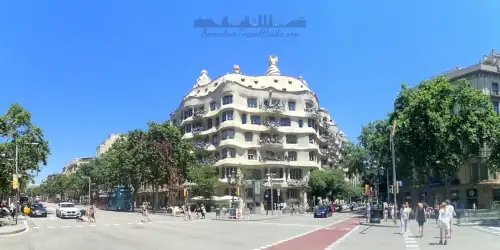 METRO
METRO
Casa Milà (La Pedrera): Gaudí’s UNESCO Stone Quarry House
Casa Milà (La Pedrera), Gaudí’s stone-quarried modernist house in Barcelona. Discover rooftop chimneys, attic arches, ticket info, history, and nearby Gaudí sites
Read more >
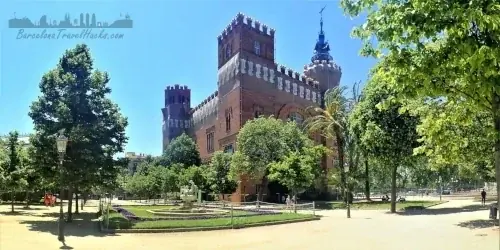 METRO
METRO
Castell dels Tres Dragons & Greenhouses – Ciutadella Park Barcelona
Explore the Three Dragons Castle and refurbished Hivernacle greenhouse in Ciutadella Park. Historic architecture, photo spots, and link to the new science museum
Read more >
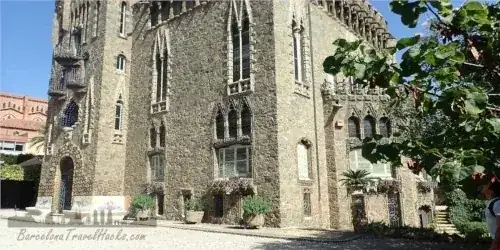 FGC
FGC
Gaidí's Torre Bellesguard Gaudí Castle – Tours & History
Explore Gaudí’s hidden castle house in Barcelona. Book guided tours in English. Visit the mosaic staircase, rooftop terrace, and medieval garden
Read more >
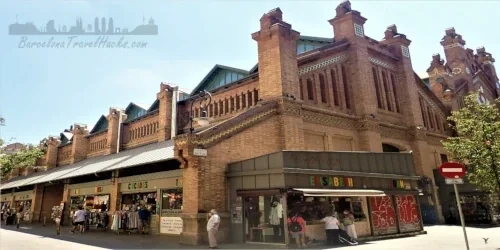 METRO
METRO
Mercado de Sants – Modernist Brick Food Market in Barcelona
Mercado de Sants, a century‑old modernist brick market with cathedral‑like naves, fresh produce stalls, and a Mercadona supermarket
Read more >
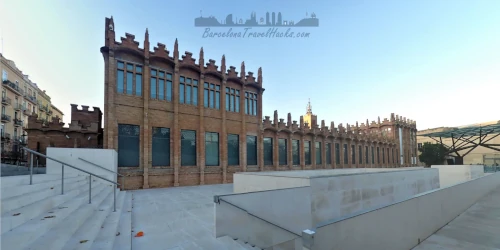 METRO
METRO
CaixaForum Barcelona – Art Exhibitions & Cultural Hub
Explore CaixaForum Barcelona: a Modernist museum with art exhibitions, cultural events & historic architecture. Tickets, hours & access info
Read more >
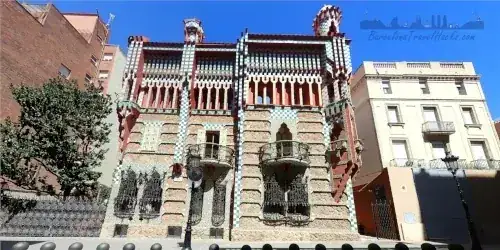 METRO
METRO
Casa Vicens Barcelona | Gaudí’s First House & Museum in Gràcia
Visit Casa Vicens, Gaudí’s first house and a UNESCO site. Explore Art Nouveau interiors, rooftop chimneys, garden café, and book skip-the-line tickets online
Read more >
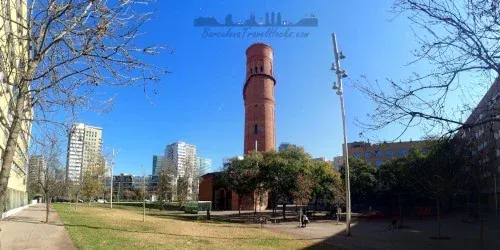 METRO
METRO
Besòs Water Tower - Torre de les Aigües del Besòs
A historic modernist industrial brick landmark in the Poblenou and Fòrum neighbourhoods & a beautiful example of water infrastructure in Catalonia
Read more >
Catalan Modernism architecture in Catalonia
To find out the specifics of each building outside of Barcelona capital, click on the photo.
Happy Exploring!
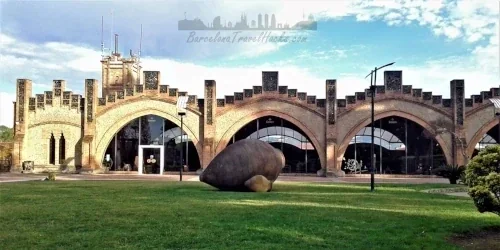 TRAIN
TRAIN
Cavas Codorníu Winery Guided Tours
Famous Cava sparkling wine Factory in Art Nouveau modernist 1895 surface buildings and subterranean tunnels Winery tour. History, tips, info & tickets
Read more >
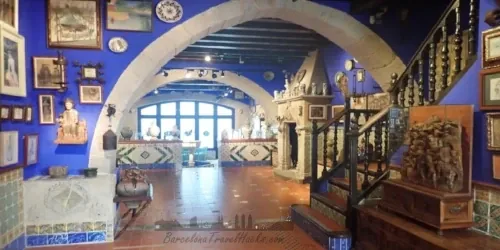 TRAIN
TRAIN
Sitges Cau Ferrat house and Maricel Art Gallery
Former home of artist Santiago Rusiñol now a museum that exhibits his art and collections. Art, furniture and sculptures by important Spanish modernist artists
Read more >
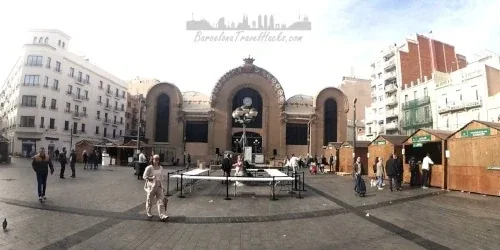 TRAIN
TRAIN